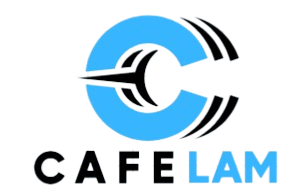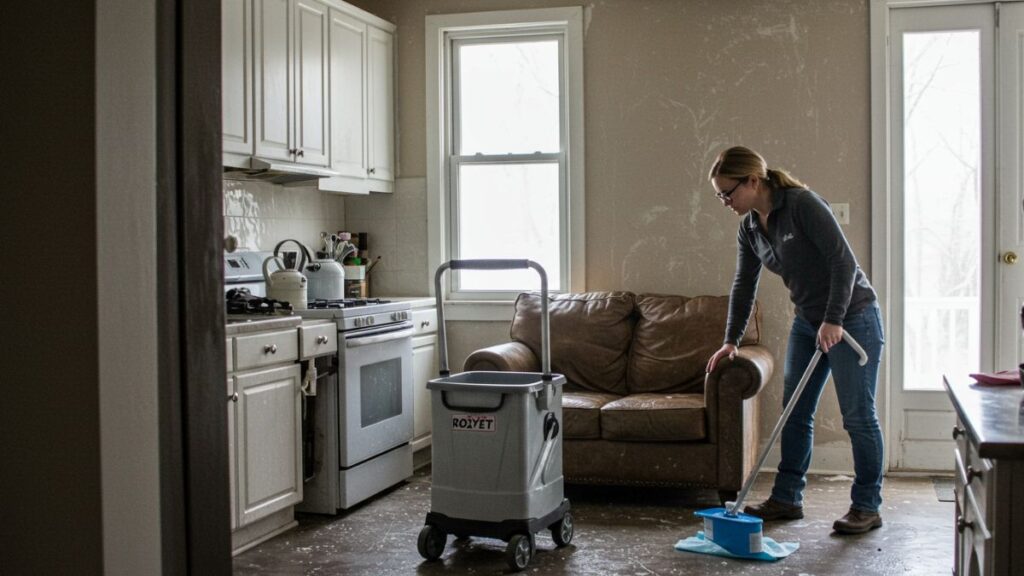Water damage can disrupt your home and your peace of mind, demanding swift action to minimize its effects. But when faced with water damage, homeowners often grapple with a crucial decision: should they tackle restoration themselves or hire professionals? While both approaches have their merits, choosing the right option depends on the severity of the damage, resources, and expertise available. This guide explores the pros and cons of DIY water damage restoration versus professional services to help you make an informed decision.
Understanding DIY Water Damage Restoration
DIY restoration involves homeowners taking charge of cleanup and repair efforts without outside assistance. This approach can be appealing due to cost savings and the satisfaction of handling the problem directly.
Pros of DIY Restoration
- Cost Savings: DIY restoration eliminates labor costs, making it a budget-friendly option for minor damage.
- Immediate Action: Homeowners can start cleanup immediately without waiting for professional availability.
- Convenience for Small-Scale Damage: If water damage is limited to a small area, such as a minor appliance leak or a single room, DIY efforts may be sufficient.
Cons of DIY Restoration
- Limited Expertise: Without professional knowledge, homeowners may overlook hidden damage or fail to address moisture thoroughly, leading to long-term problems.
- Insufficient Equipment: Advanced tools like water extractors, dehumidifiers, and moisture meters are often essential for effective restoration—equipment most homeowners lack.
- Risk of Mold Growth: Inadequate drying can result in mold development within 24–48 hours, compromising indoor air quality and health.
- Time-Consuming: Depending on the extent of the damage, DIY restoration can be labor-intensive and time-consuming.
Exploring Professional Water Damage Restoration
Professional water damage restoration involves hiring experts trained to assess, clean, and repair affected areas using specialized tools and techniques. This method ensures thorough and efficient recovery.
Pros of Professional Restoration
- Expertise and Experience: Professionals are equipped to handle all types of water damage, including complex cases involving structural issues or hazardous contamination.
- Advanced Equipment: Restoration teams use industrial-grade tools such as water pumps, air movers, and thermal cameras to detect hidden moisture and dry areas effectively.
- Mold Prevention: Professionals take proactive measures to eliminate mold growth and remediate existing issues.
- Comprehensive Solutions: From initial water extraction to structural repairs, professional services provide end-to-end restoration, ensuring your property is safe and sound.
- Insurance Assistance: Restoration companies often assist with insurance claims, providing documentation and support to maximize coverage.
Cons of Professional Restoration
- Higher Costs: Hiring professionals can be expensive, especially for extensive water damage. However, the investment often prevents higher costs associated with incomplete DIY efforts.
- Scheduling: Depending on the availability of restoration teams, homeowners may face delays in starting the process.
- Less Hands-On Control: Some homeowners prefer being directly involved in restoration, which may feel limited when professionals take over.
When DIY Works Best
DIY restoration is a suitable option for minor water damage scenarios, such as:
- Small leaks or spills.
- Damage limited to non-porous materials like tile or metal surfaces.
- Situations where immediate action can prevent further issues.
In these cases, homeowners can handle cleanup using towels, mops, fans, and household cleaning products. However, close monitoring is essential to ensure moisture is fully eliminated.
When Professional Restoration Is Essential
Professional services are necessary for:
- Extensive flooding or water damage covering multiple rooms.
- Grey or black water contamination (e.g., sewage backups).
- Structural damage, such as warped floors or sagging ceilings.
- Persistent dampness, foul odors, or visible mold growth.
Engaging experts in these scenarios ensures thorough cleanup and prevents long-term risks like mold, structural instability, or health concerns.
Conclusion
Deciding between DIY and professional water damage restoration NYC depends on the scale and severity of the damage. While DIY efforts can save money and work for minor issues, professional services offer expertise, equipment, and comprehensive solutions for complex cases. By assessing your specific situation, you can choose the approach that guarantees effective restoration and long-term peace of mind.







